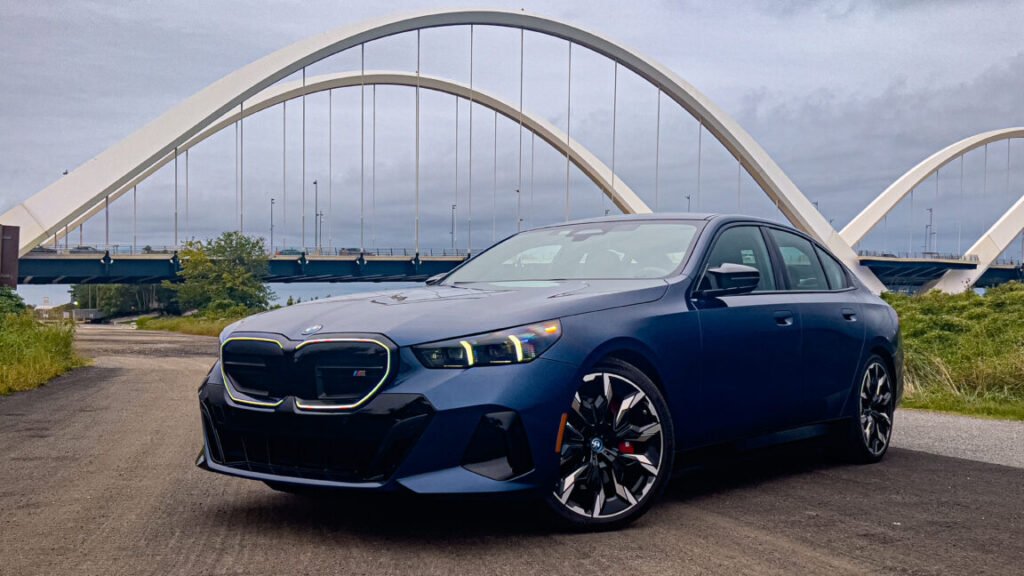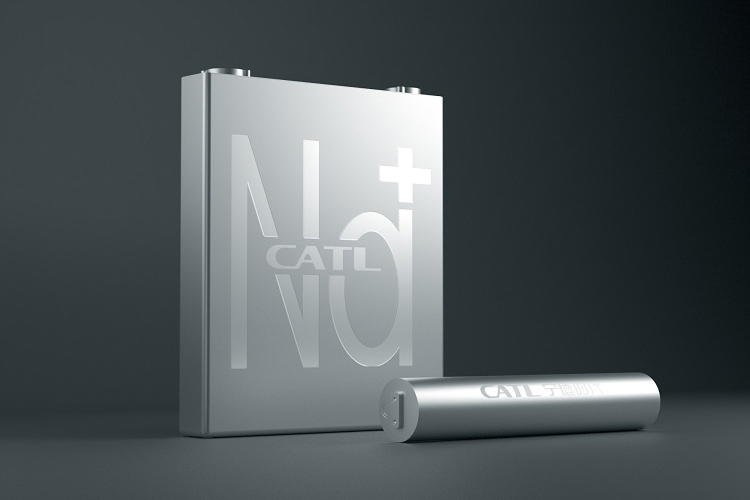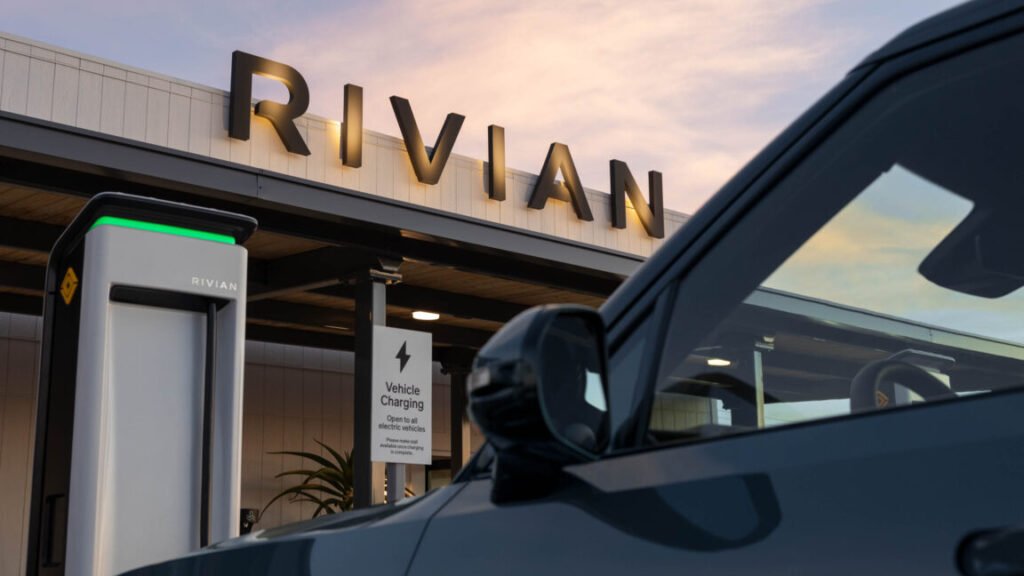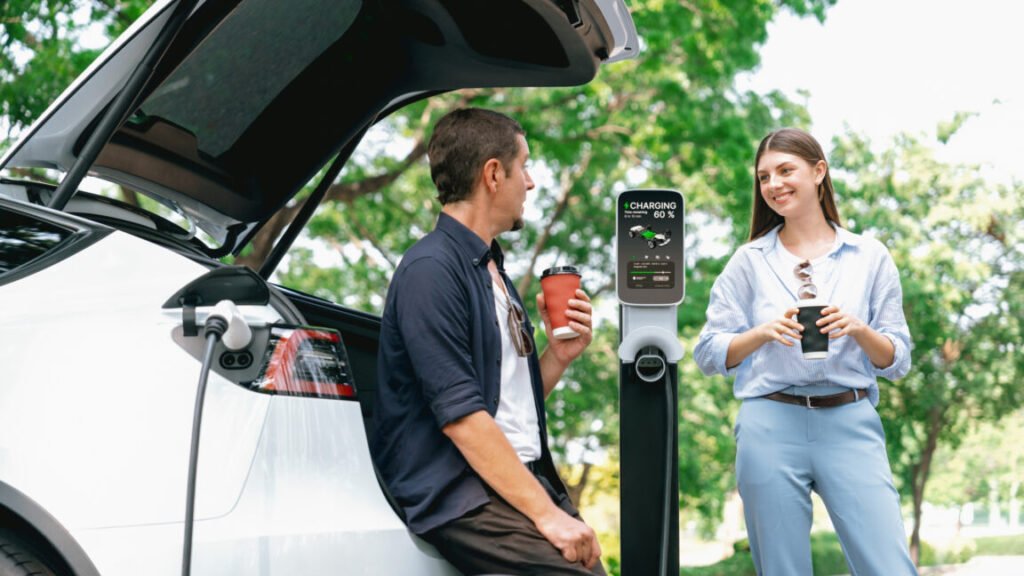Polimove beat TUM and Unimore to the Indy Autonomous Challenge prize, and TUM and Polimove were involved in Roborace, an early forerunner to A2RL. Unimore also has a direct partnership with TII via its Indy Autonomous Challenge bid.
Another team, Constructor, from a private university of the same name in Bremen, Germany, won Roborace’s Season Beta. Although the series never progressed beyond test events that ranged from endearingly baffling to outright dysfunctional, Constructor beat the house team by several thousand points.
Unsurprisingly, these four teams were the fastest and best-resourced. They had frameworks for data analysis that other teams were still developing, so they could take more risks. The remaining teams—which were mostly based in technical institutions and came at the challenge from an academic background—were the underdogs.
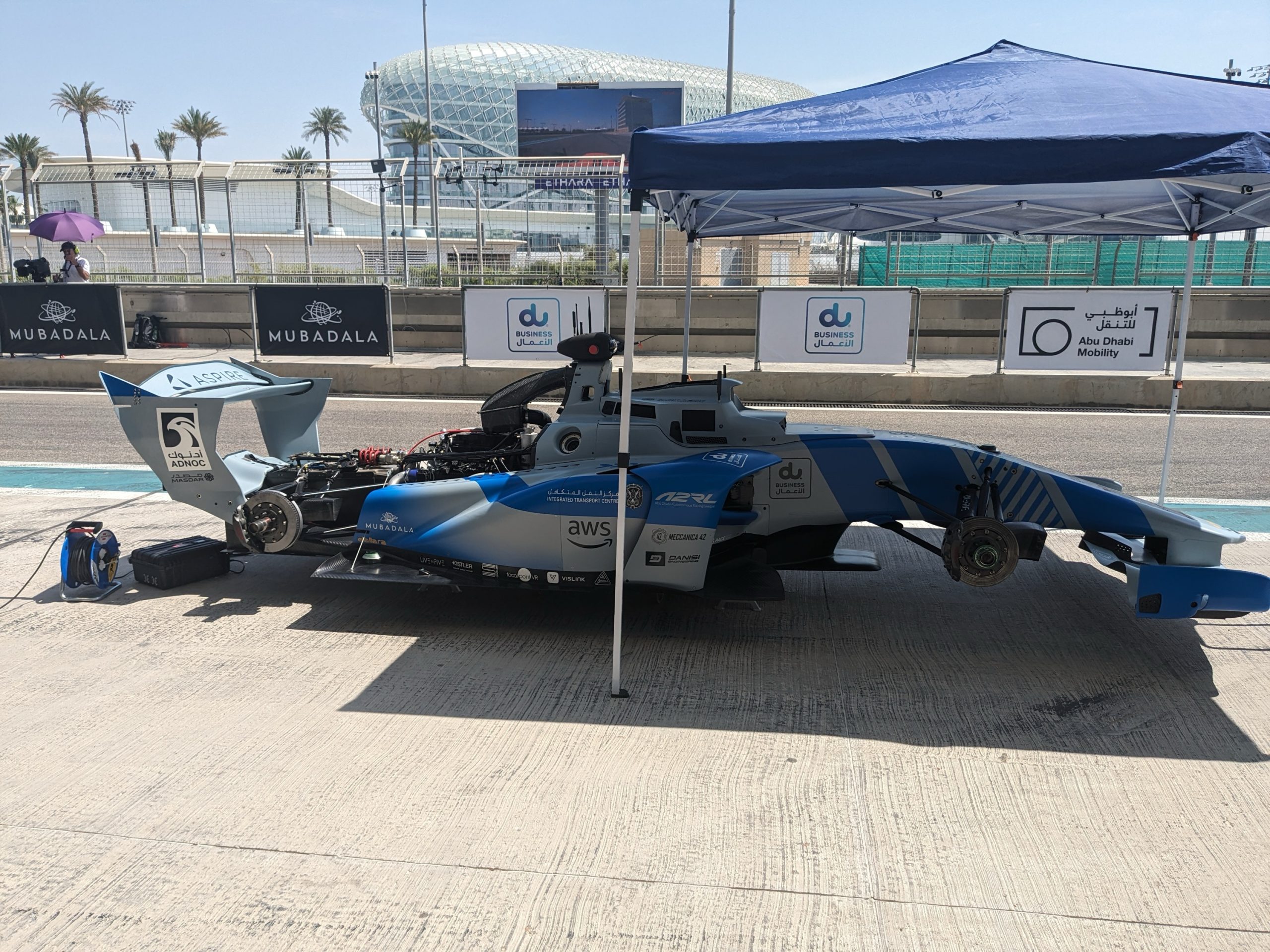
Credit:
Hazel Southwell
Racing teams normally focus on cooling the rear of the car, where the engine and brakes get hottest, but teams at A2RL instead protected the sensors and wiring at the front of the car from the midday Abu Dhabi sun.
Credit:
Hazel Southwell
There weren’t any commercial autonomous vehicle companies competing in A2RL, though. These companies’ parameters are to avoid risk, but by margins equivalent to their processing and sensor capabilities. They absolutely cannot rag it around a dusty, hot circuit at over 150 miles per hour.
After just a six-week crunch of frantic coding, the smaller teams still relied primarily on GPS to allow their cars to compute what they ought to be doing. The more advanced teams could use better risk calculations from their wider sensor arrays.
Approaches between the teams naturally differed. Non-academic American team Code19 admitted that its car largely relied on GPS to understand its positioning on the track, while Polimove turned off GPS to get better perception during fast laps. Every team is still working on integrating all the data from the stack to process it in real time.
The prize money was potentially big, too. The largest single payout was $611,875 for the winner of the multi-car race, but teams taking home less than $100,000—even those that didn’t take part in competitive events—shared a pool of $111,250. That’s not a lot for eight weeks’ crunch, but it’s something.

